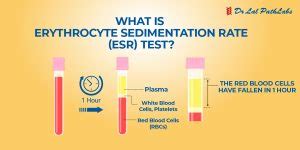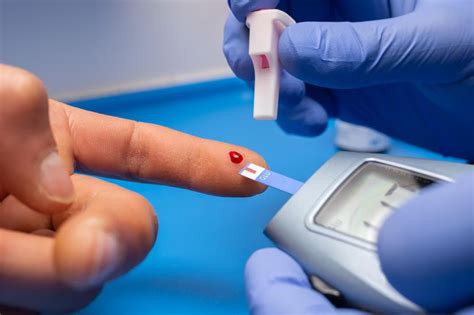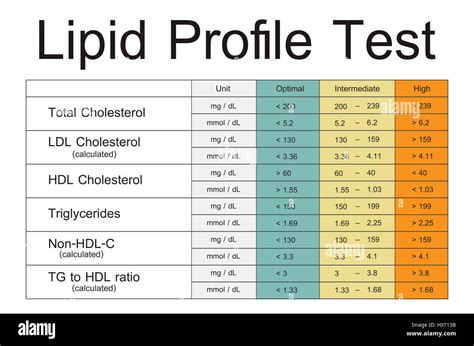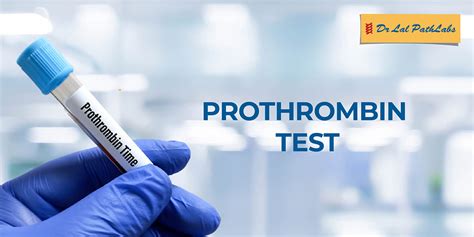Intro
Unlock health insights with 5 crucial blood lab tests, including CBC, lipid profiles, and blood glucose tests, to monitor disease risk, track wellness, and optimize overall health through preventive diagnostics and medical screenings.
Blood lab tests are a crucial diagnostic tool in the medical field, providing valuable insights into a patient's overall health and helping doctors identify potential health issues. With the advancement of medical technology, various blood tests have been developed to detect and monitor different health conditions. In this article, we will delve into the world of blood lab tests, exploring their importance, types, and applications.
Blood lab tests are essential for detecting and managing various health conditions, including infections, anemia, and blood clotting disorders. These tests can also help doctors monitor the effectiveness of treatments and make informed decisions about patient care. Moreover, blood lab tests can provide early warnings for potential health risks, enabling individuals to take preventive measures and maintain optimal health.
The significance of blood lab tests cannot be overstated, as they play a vital role in saving lives and improving health outcomes. By understanding the different types of blood tests and their applications, individuals can take a proactive approach to their health, working closely with their healthcare providers to prevent, diagnose, and manage health conditions. In the following sections, we will explore five essential blood lab tests, their benefits, and what they reveal about our health.
Complete Blood Count (CBC) Test

The benefits of the CBC test include:
- Early detection of blood disorders
- Monitoring of treatment effectiveness
- Identification of potential health risks
- Guidance for further testing and diagnosis
How the CBC Test Works
The CBC test involves a simple blood draw, which is then analyzed in a laboratory. The test measures various parameters, including: * Red blood cell count * White blood cell count * Platelet count * Hemoglobin level * Hematocrit levelAbnormal results may indicate underlying health issues, such as anemia, infection, or blood clotting disorders. The CBC test is a valuable diagnostic tool, providing healthcare providers with essential information to make informed decisions about patient care.
Erythrocyte Sedimentation Rate (ESR) Test

The benefits of the ESR test include:
- Detection of inflammation and infection
- Monitoring of treatment effectiveness
- Identification of potential health risks
- Guidance for further testing and diagnosis
How the ESR Test Works
The ESR test involves a blood draw, which is then mixed with an anticoagulant to prevent clotting. The blood is then placed in a test tube, and the rate at which the red blood cells settle is measured. Elevated ESR levels may indicate underlying inflammation or infection, while normal levels can help rule out these conditions.Blood Glucose Test

The benefits of the blood glucose test include:
- Diagnosis and monitoring of diabetes
- Monitoring of treatment effectiveness
- Identification of potential health risks
- Guidance for lifestyle modifications
How the Blood Glucose Test Works
The blood glucose test involves a simple blood draw, which is then analyzed in a laboratory. The test measures the level of glucose in the blood, providing healthcare providers with essential information to diagnose and manage diabetes. Abnormal results may indicate diabetes, prediabetes, or other metabolic disorders.Lipid Profile Test

The benefits of the lipid profile test include:
- Diagnosis and monitoring of lipid disorders
- Monitoring of treatment effectiveness
- Identification of potential health risks
- Guidance for lifestyle modifications
How the Lipid Profile Test Works
The lipid profile test involves a blood draw, which is then analyzed in a laboratory. The test measures various parameters, including: * Total cholesterol level * High-density lipoprotein (HDL) level * Low-density lipoprotein (LDL) level * Triglyceride levelAbnormal results may indicate lipid disorders, such as high cholesterol or hypertriglyceridemia. The lipid profile test is a valuable diagnostic tool, providing healthcare providers with essential information to make informed decisions about patient care.
Prothrombin Time (PT) Test

The benefits of the PT test include:
- Diagnosis and monitoring of blood clotting disorders
- Monitoring of treatment effectiveness
- Identification of potential health risks
- Guidance for further testing and diagnosis
How the PT Test Works
The PT test involves a blood draw, which is then mixed with a substance that triggers blood clotting. The time it takes for the blood to clot is measured, providing healthcare providers with essential information to diagnose and manage blood clotting disorders. Abnormal results may indicate underlying conditions, such as bleeding disorders or liver disease.In conclusion, these five blood lab tests are essential diagnostic tools in the medical field, providing valuable insights into a patient's overall health. By understanding the benefits and applications of these tests, individuals can take a proactive approach to their health, working closely with their healthcare providers to prevent, diagnose, and manage health conditions. We invite you to share your thoughts and experiences with blood lab tests in the comments section below.
What is the purpose of a Complete Blood Count (CBC) test?
+The purpose of a CBC test is to measure various components of the blood, including red blood cells, white blood cells, platelets, and hemoglobin, to diagnose and monitor conditions such as anemia, blood clotting disorders, and infections.
How often should I get a blood glucose test?
+The frequency of blood glucose tests depends on individual factors, such as diabetes diagnosis and treatment plans. Generally, individuals with diabetes should get regular blood glucose tests to monitor their blood sugar levels and adjust their treatment plans accordingly.
What does an abnormal Prothrombin Time (PT) test result indicate?
+An abnormal PT test result may indicate underlying conditions, such as bleeding disorders, liver disease, or vitamin K deficiency. It is essential to consult with a healthcare provider to interpret the results and determine the best course of action.
